What does it mean to be GOTS-certified in fashion?
GOTS-certified is one of the many sustainability accreditations in fashion. But what does it mean?
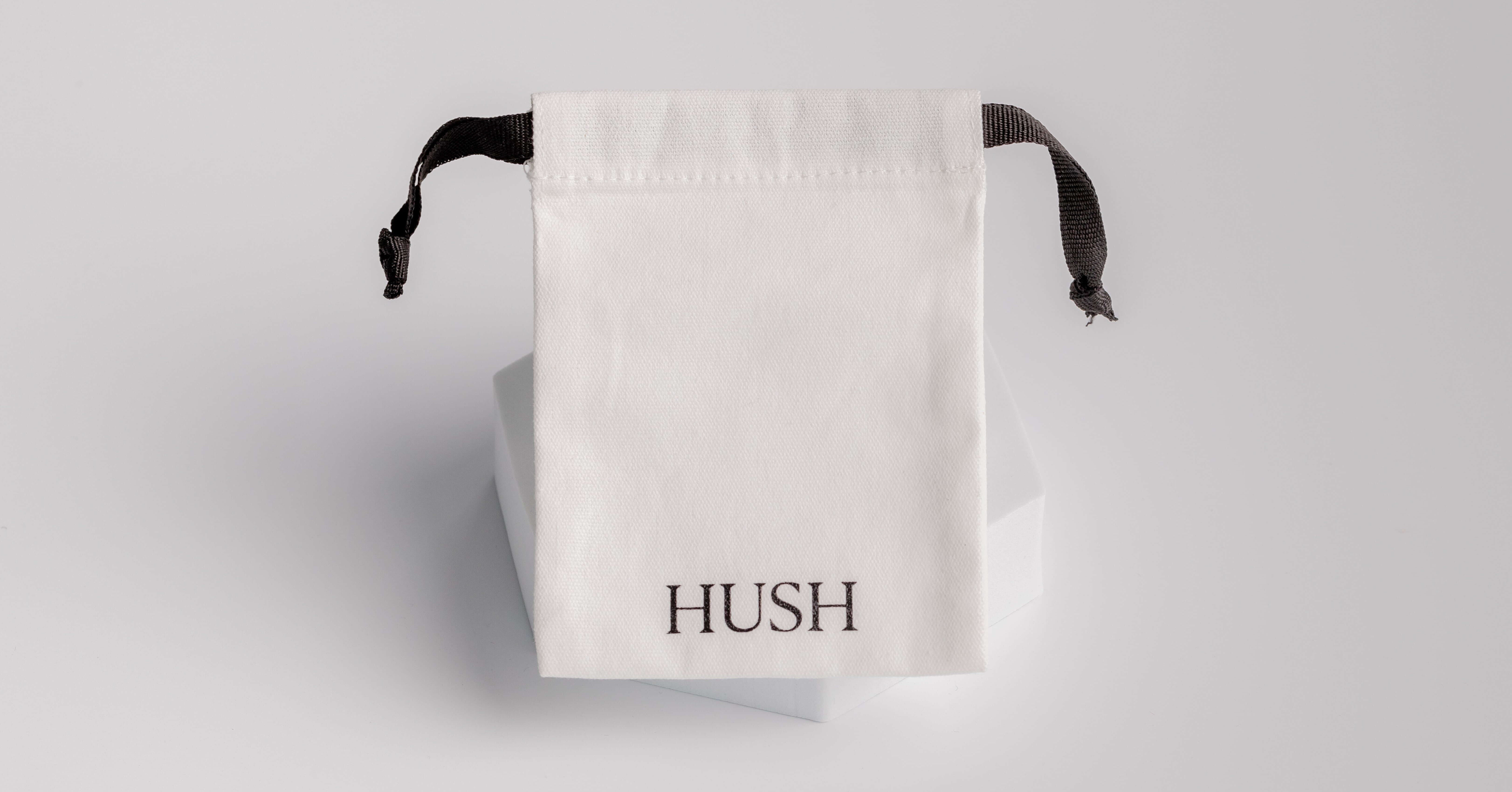
In today’s eco-conscious world, it’s no longer enough to say that your products are sustainable. Consumers expect accreditations and proof to support claims.
One of these standards is ensuring your fibres and materials are GOTS-certified. But what does it mean if a material or product is GOTS-certified? We answer this and more in this blog.
- GOTS-certified: What does it mean?
- What are the benefits of being GOTS-certified?
- A spotlight on GOTS-certified materials
- Experience the benefits and versatility of GOTS-certified products first-hand
GOTS-certified: What does it mean?
First, let’s clarify what ‘GOTS’ stands for. GOTS is the Global Organic Textile Standard, the leading standard for representing and certifying organic textiles.
"GOTS is the worldwide leading textile processing standard for organic fibres, including ecological and social criteria, backed up by independent certification of the entire textile supply chain.” — Global Organic Textile Standard.
Like any other certification, becoming GOTS-certified shows consumers and stakeholders that your offering is reputable and has the industry approval to support your claims.
The Global Textile Standard considers several environmental and social factors that organisations must possess to receive a certification, such as:
- Use of GOTS-certified colourants
- Technical quality for colour fastness and shrinkage
- Assessment of toxicity and biodegradability
- Occupational health and safety (OHS)
- Ruling out discrimination, child labour, harassment and violence
Instantly, a GOTS certification adds weight to any environmental or social claims your brand makes, ensuring your offering is trustworthy and appealing to conscious customers.
What are the benefits of being GOTS-certified?
Beyond proving that your brand and materials are sustainable, becoming GOTS-certified has many other benefits. These include:
- Protecting the planet: Starting with the most obvious — while profits and business strategy are one side of the coin, actually protecting the environment and making a real, certified commitment helps strengthen opportunities for generations to come.
- Establishing consumer trust and loyalty: 52% of consumers say they tend to have more faith in companies that publicly share their sustainability commitments.
- Attracting sustainable stakeholders: New businesses, suppliers and stakeholders are more likely to work with you if they can immediately see your progress toward more planet-friendly practices.
- Ensures traceability: It’s no longer good enough to say you’re sustainable. Proof is essential, so meeting GOTS requirements ensures your products are traceable, enhancing consumer and stakeholder confidence.
- Reduced risk: The enhanced traceability also ensures you have better visibility of your supply chain, ensuring there are no malpractices or unethical production methods.
A spotlight on GOTS-certified materials
GOTS-certified materials are organic and typically cover natural materials and regenerated fibres. These can include natural vegetable and animal fibres such as cotton, bamboo, silk, wool and mohair, and sustainable regenerated fibres like lyocell and protein fibres with organic content.
These materials are the basis of many fashion garments, from t-shirts and jeans to tote bags and accessories. But they also stretch beyond the garment itself, with many GOTS-certified materials used for packaging and trims.
Here’s a spotlight on the type of branded packaging and trim products you can invest in that utilise GOTS-certified cotton.
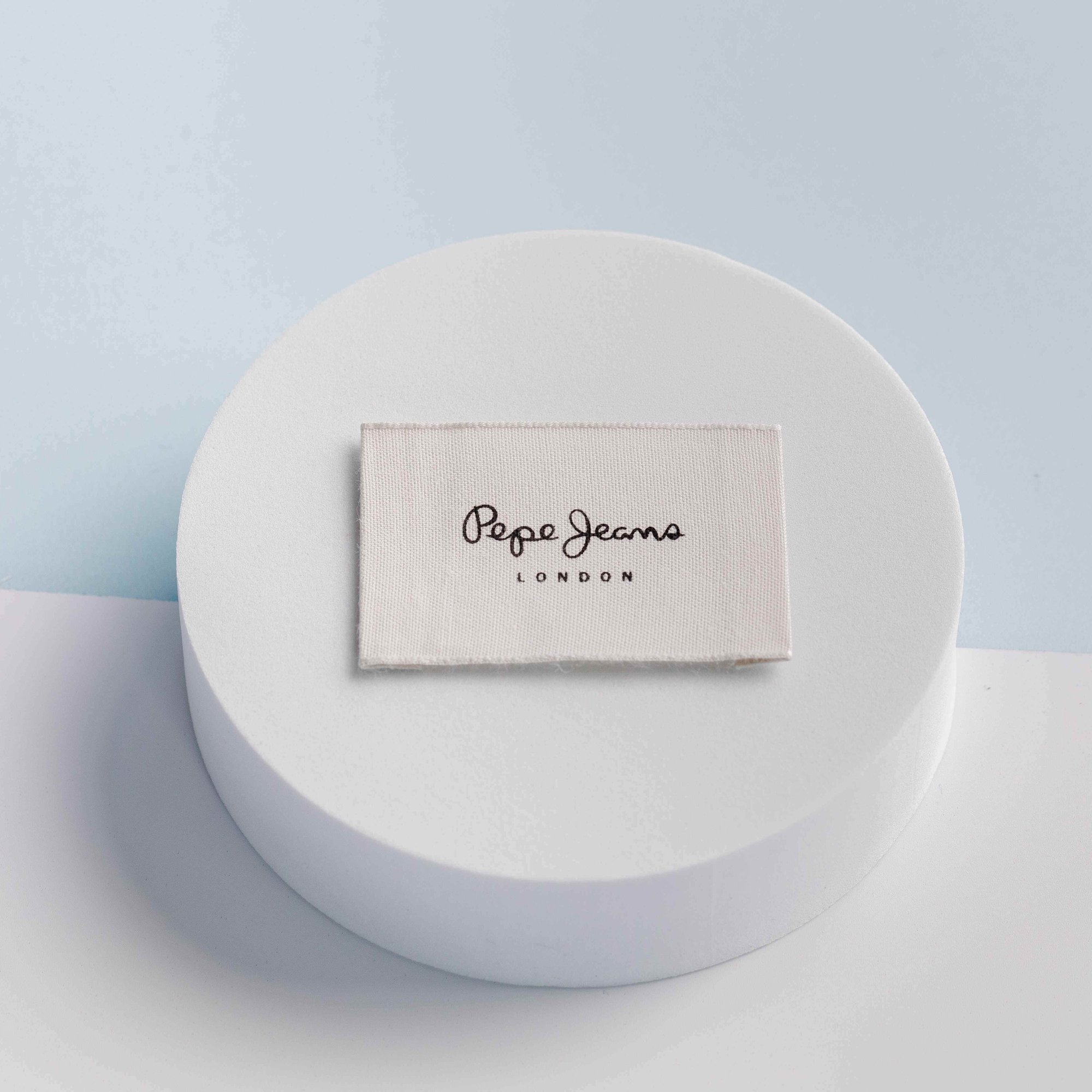
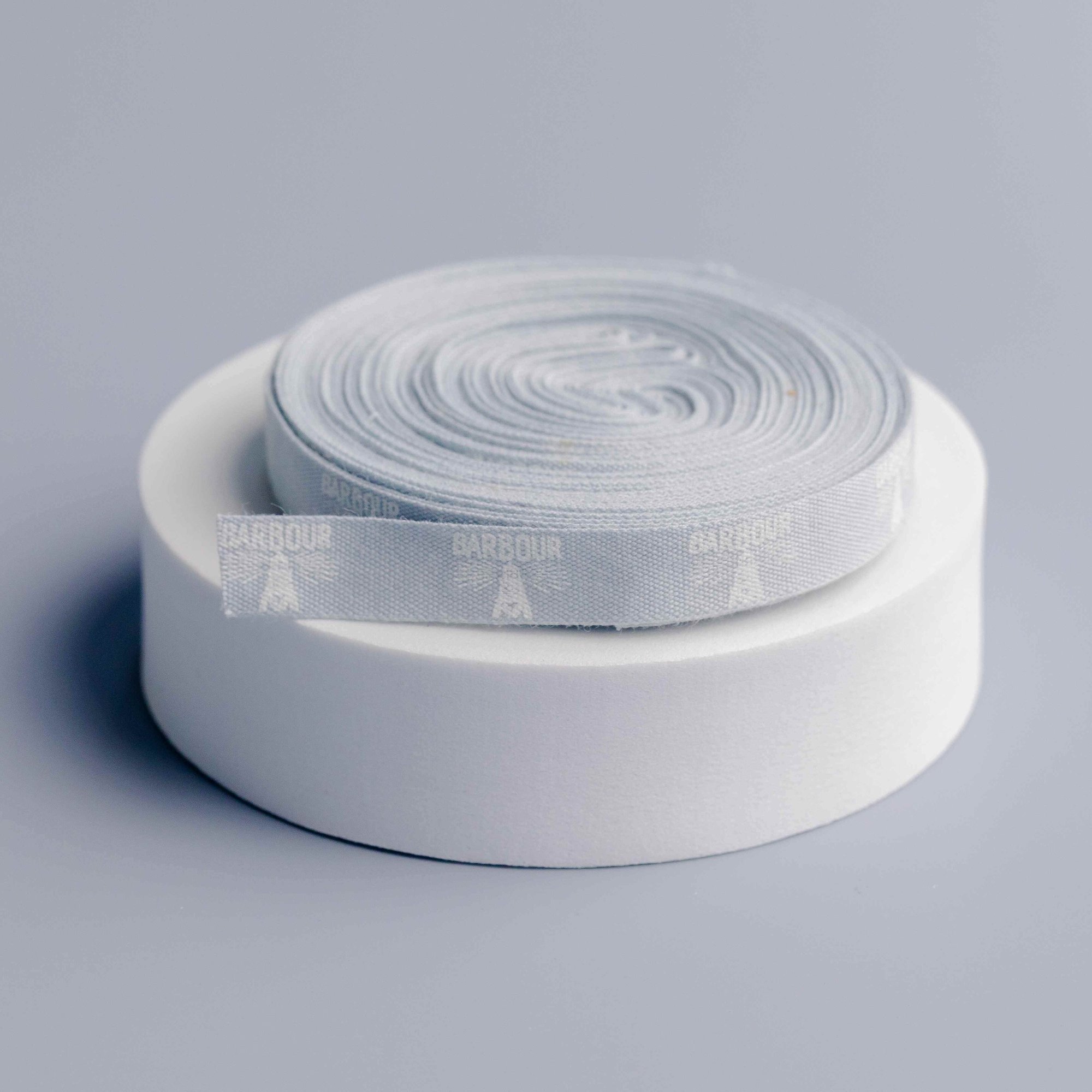
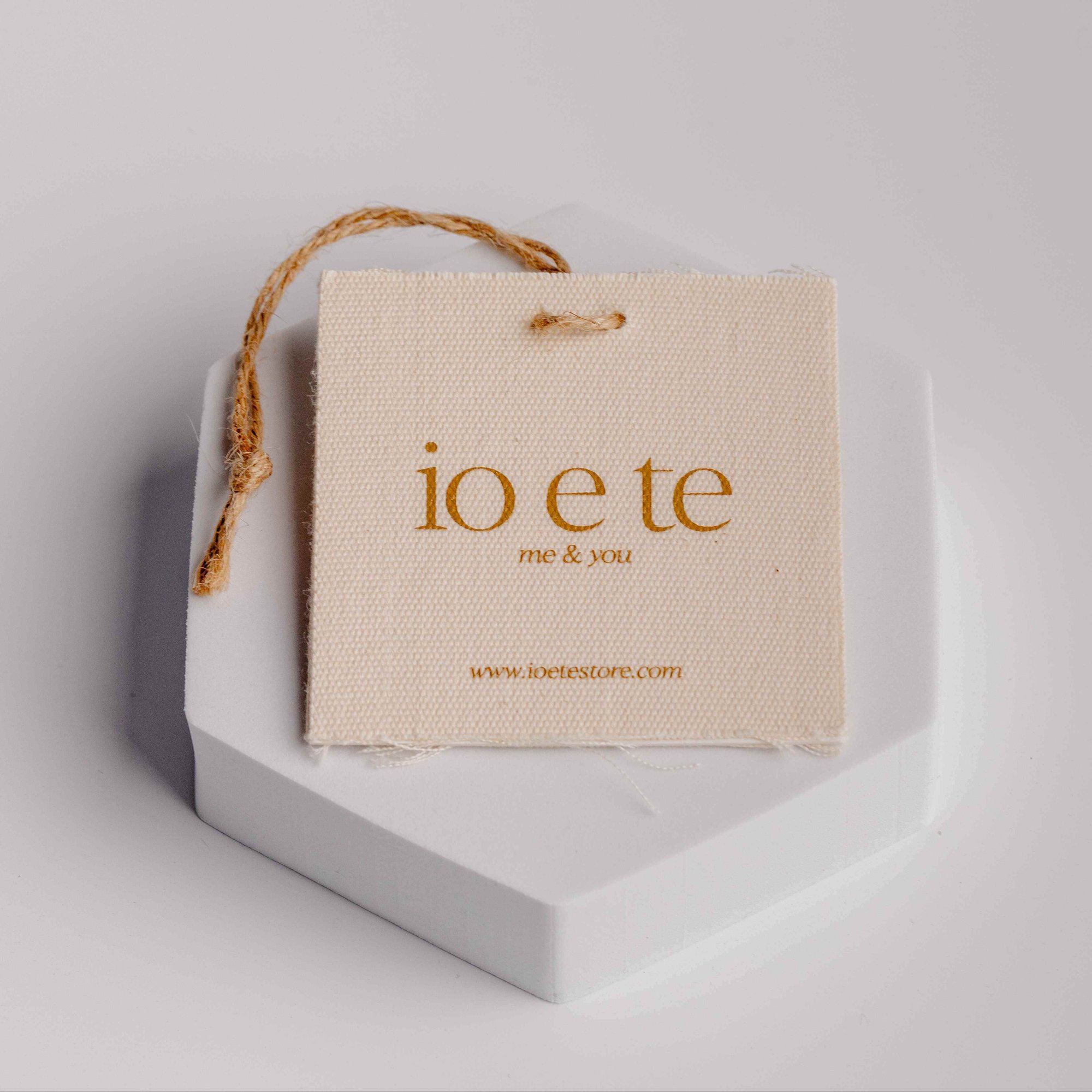
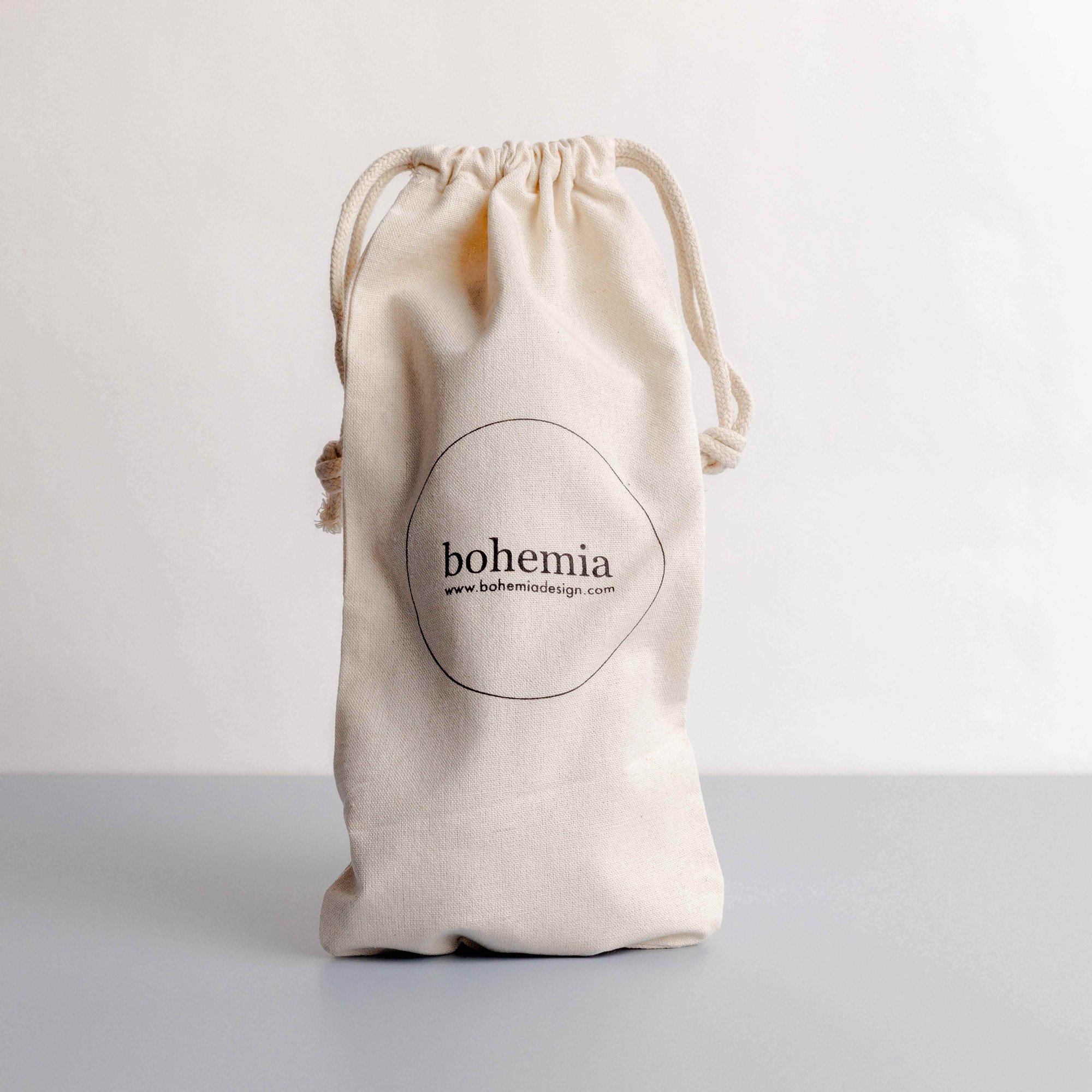
Experience the benefits and versatility of GOTS-certified products first-hand
Certifications, innovative packaging solutions and a more mindful approach to sustainability contribute to being a greener brand. That’s why we consider all this when developing and designing our packaging and trim offerings.
Interested in seeing more? Download our product brochure to explore the range and see what possibilities we can create together.

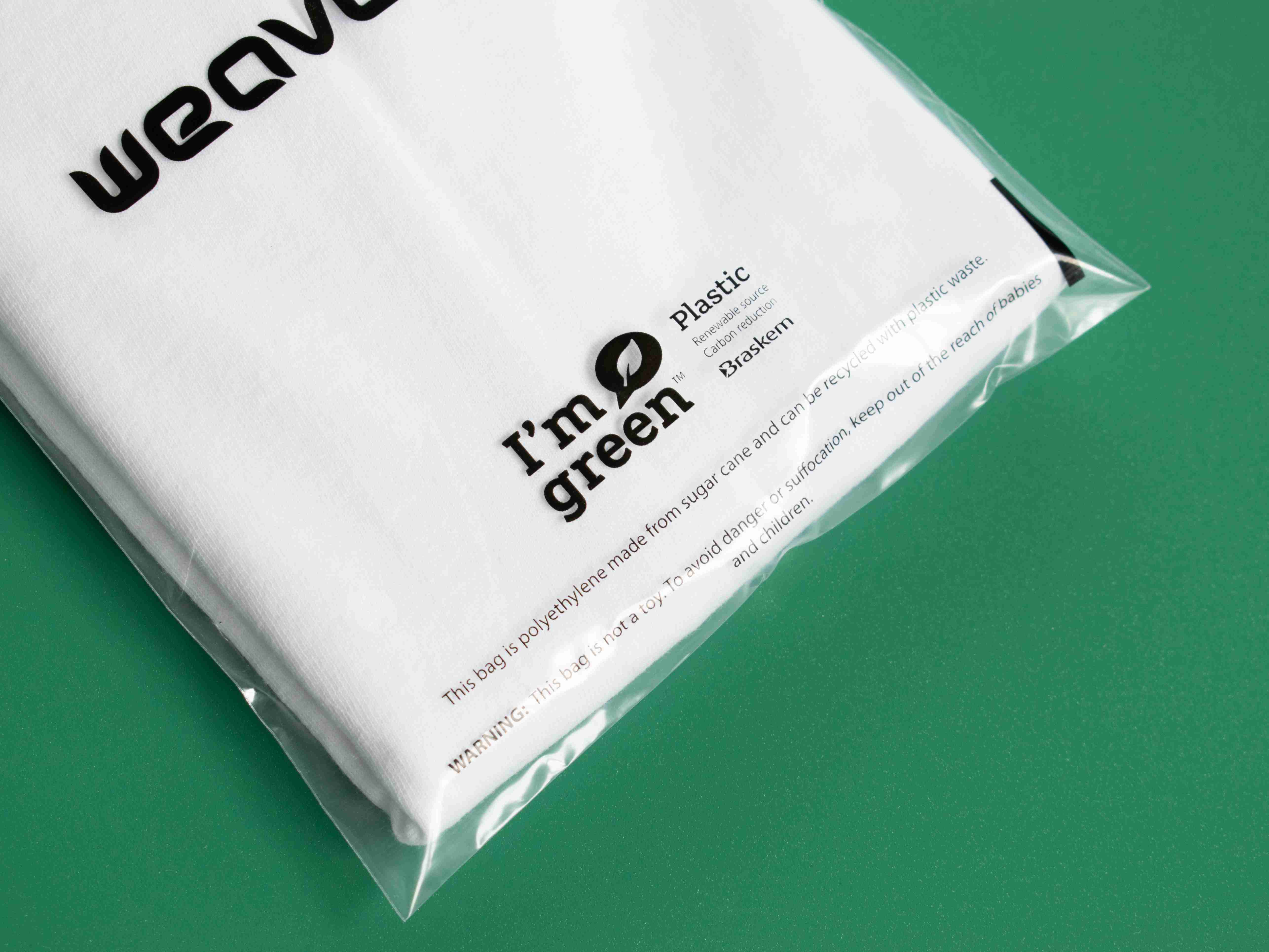

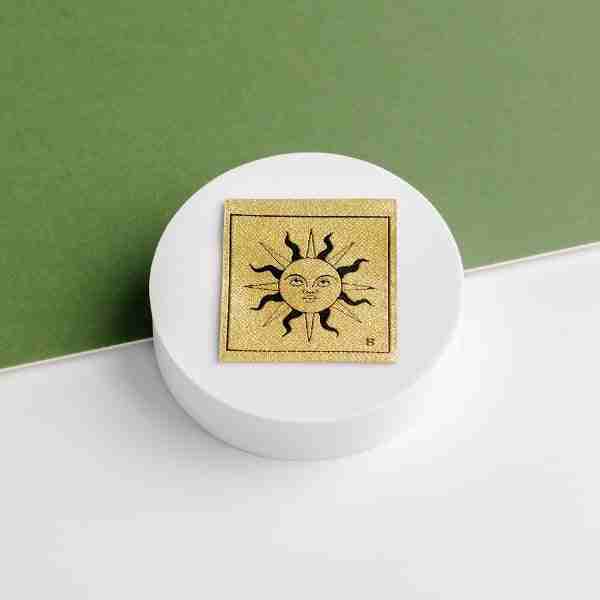
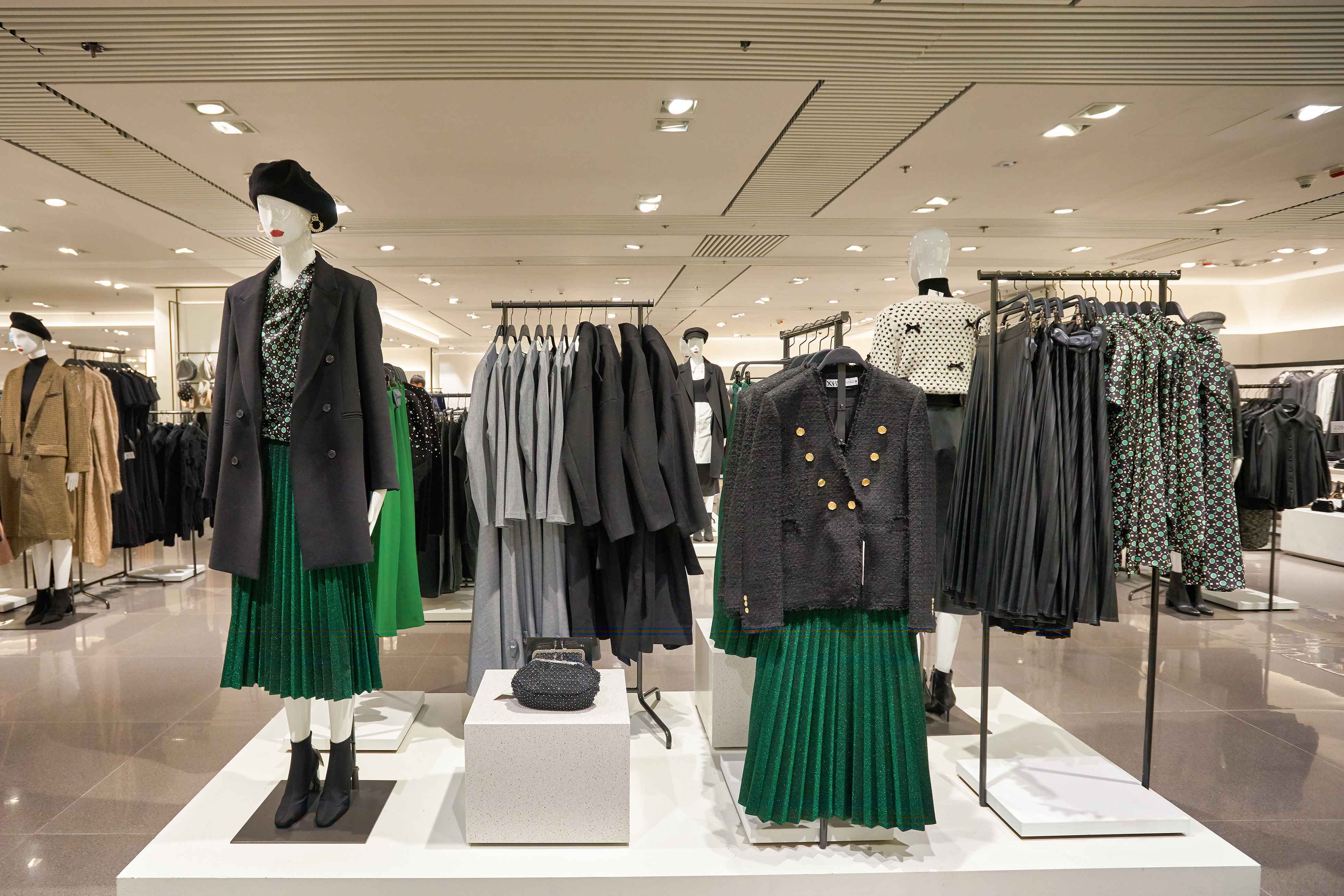

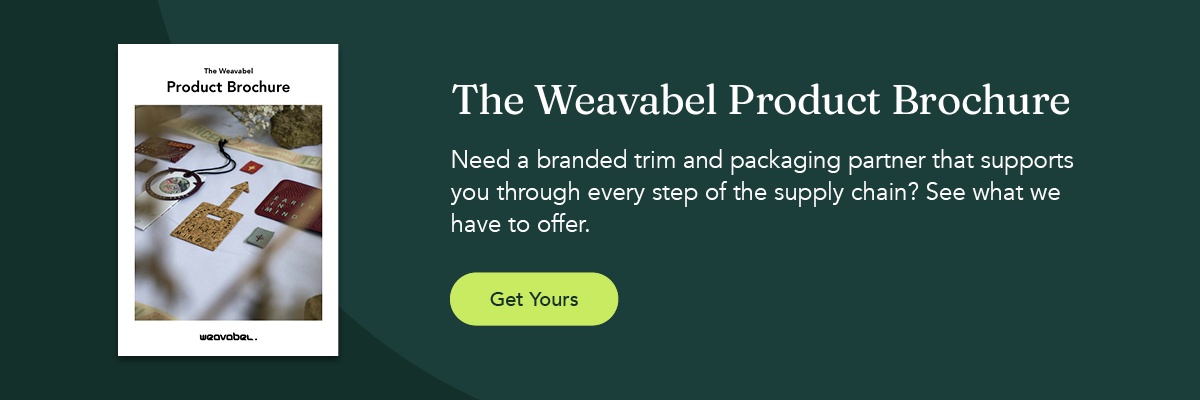


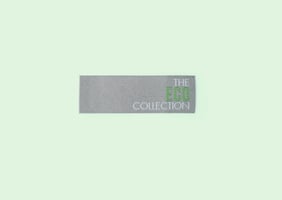
.jpeg?width=400&height=200&name=E_4%20(1).jpeg)